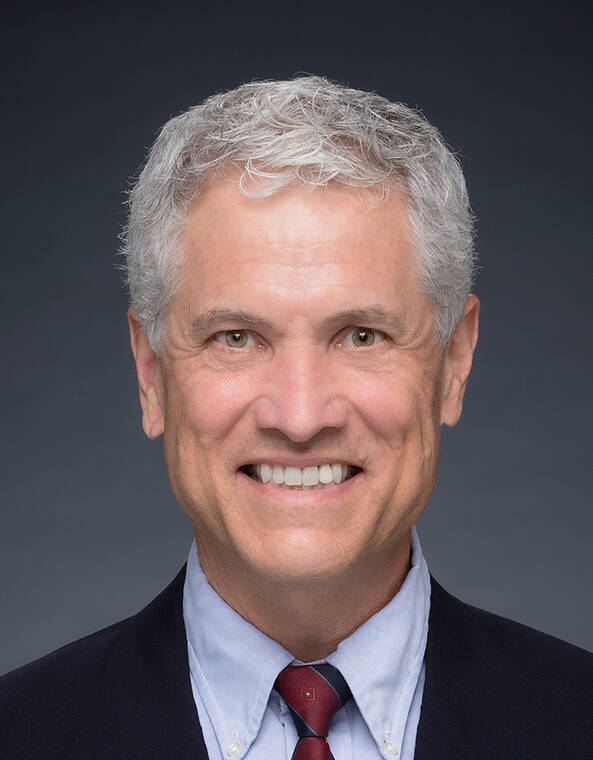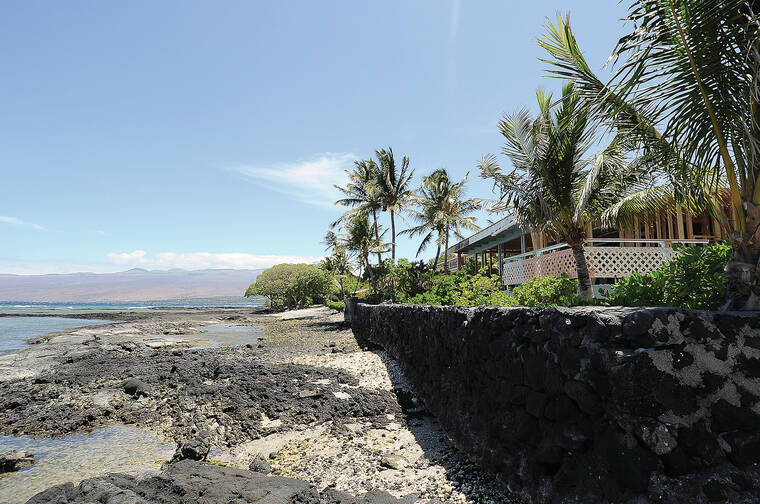A long-anticipated project to improve water quality and protect the coral reef by replacing cesspools at Puako with a sewer system is finally moving forward with the announcement Friday that Gov. David Ige has released $1.5 million to get the design work started.
The county agreed to provide an additional 20% match, or $300,000.
“This project has been a priority of mine for over 25 years, going back to my first time serving as state representative from 1994-1998,” State Rep. David Tarnas, D-North Kohala, South Kohala and North Kona, who is chairman of the House Committee on Water and Land, said in a statement.
“I am grateful to the governor for releasing the funds for this very important project. Now Hawaii County will be able to move forward and develop a comprehensive plan and design for a wastewater collection system for the Puako community,” he said. “My goal in securing these public funds is to protect the water quality and coral reefs of the Puako nearshore area, which are of great value to our community.”
Upgrading cesspools into sewer systems or septic tanks is a priority of the state, which has passed a law requiring the elimination of cesspools in Hawaii by year 2050. The cost to upgrade all of the state’s roughly 88,000 cesspools is estimated at $1.75 billion.
Hawaii County, with some 50,000 cesspools, has the most in the state. Local government has explored a combination of county projects and neighborhood improvement districts to pay for the costly work. County wastewater facilities treat and discharge roughly 4 million gallons daily, while its cesspools discharge about 29 million gallons of wastewater every day.
The Lono Kona project, for example, connected 145 assessment units, or the equivalent of 268 single-family homes, across 110 lots to a sewer system. Property owners in 2015 voted to tax themselves to pay at a very low interest rate for what was then a $6.2 million project. Annual payments of around $498 would be made by single-family equivalents until a balance of about $9,100 per single-family unit is paid off. The rest of the cost was being picked up by the county and federal grants. The county kicked in another $5 million after the project cost escalated to $11 million.
Puako, with 150 cesspools, could see a higher price tag if residents decide to go that route. Based on earlier county estimates, they could face monthly bills of $200-$800 for 20 to 30 years, just for their system alone.
“Funding for this project will be used to develop a comprehensive wastewater plan for West Hawaii that will encompass the Puako community to identify the wastewater options and determine what option is best for this community,” Mayor Mitch Roth wrote in a letter to Ige in February, Tarnas said.









